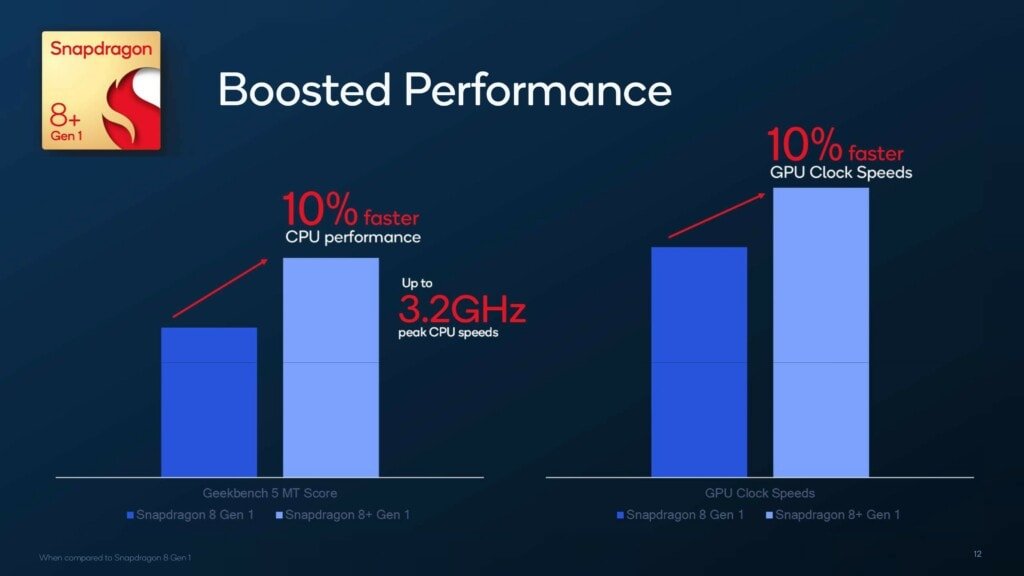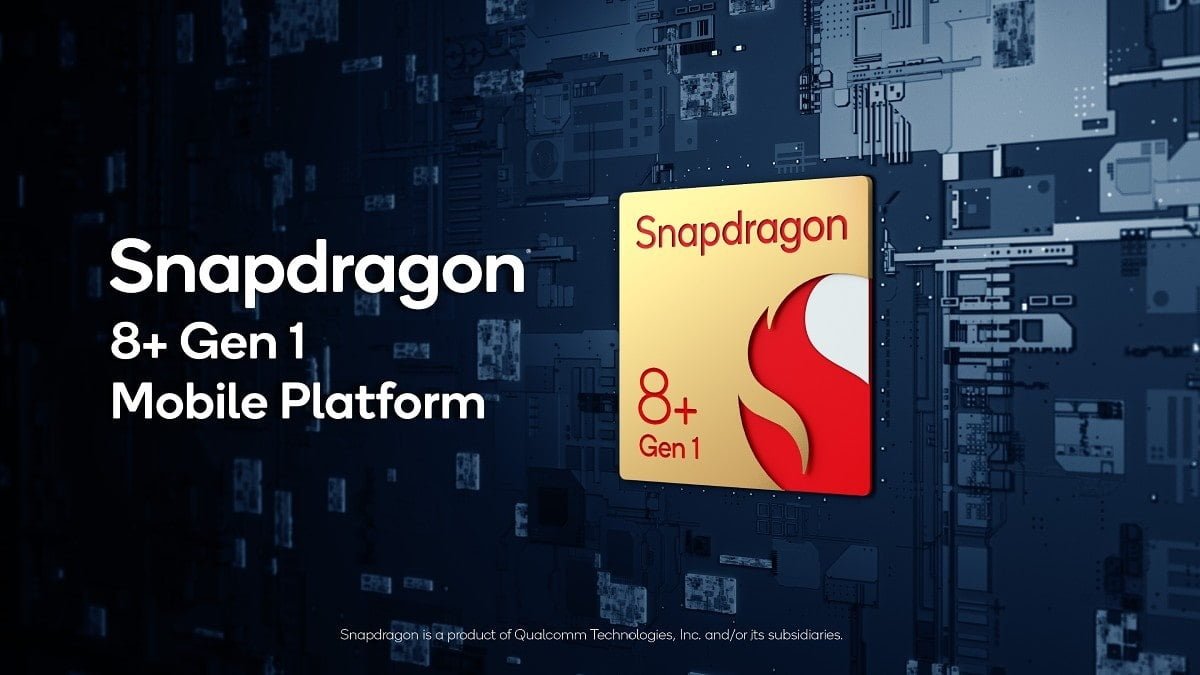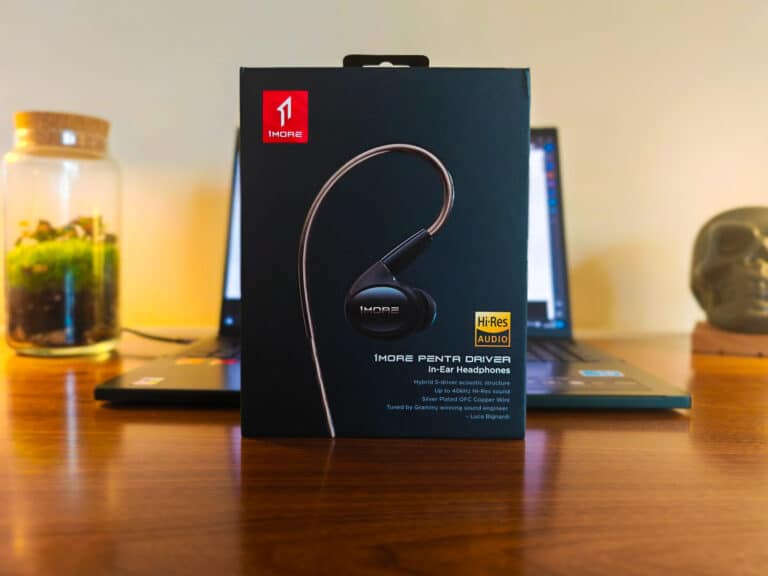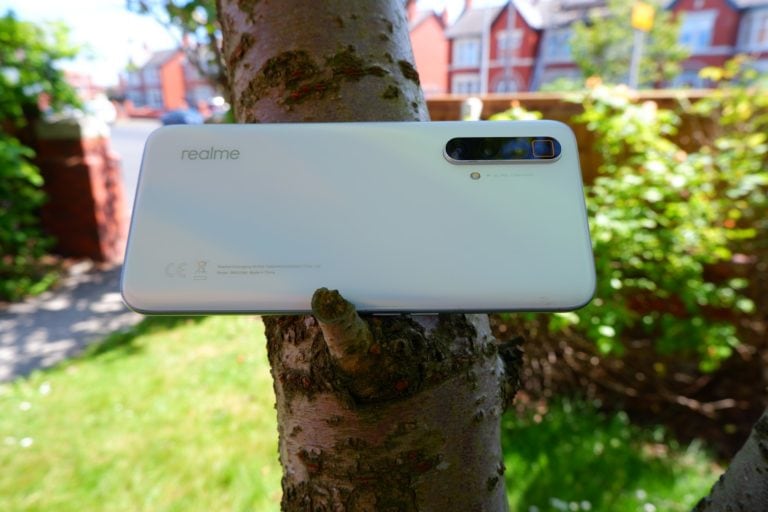Any links to online stores should be assumed to be affiliates. The company or PR agency provides all or most review samples. They have no control over my content, and I provide my honest opinion.
Yesterday, Qualcomm announced the new flagship Qualcomm Snapdragon 8+ Gen 1 and the premium Snapdragon 7 Gen 1.
The Snapdragon 7 Gen 1 is the first none-flagship chipset to implement the new Armv9 architecture we saw on the Snapdragon 8 Gen 1. While we don’t get the X1 or X2 cores, Qualcomm has implemented the more power-efficient Cortex-A710 across four cores.
As for the Qualcomm Snapdragon 8+ Gen 1, I’d normally write a critical post highlighting fractional improvements achieved through minor frequency increases.
However, the Qualcomm Snapdragon 8+ Gen 1 is much more interesting.
Qualcomm Snapdragon 8+ Gen 1 performance improvement vs Snapdragon 8 Gen 1

Yes, it does have those frequency improvements, but this year those differences are more significant:
- The X2 core gets a 0.2Ghz increase which is a 6.66% higher.
- The middle three A710 cores get a 0.3Ghz improvement making the clock 12% higher
- Even the A510 cores get a boost with 0.2Ghz an improvement of 11.11%
- To top it off, the Andreno GPU is also clocked 10% higher.
With roughly 10% improvements across the board, you should easily get a 10% performance in overall performance.
Last year, the SD888+ had a minuscule improvement with just a 5.46% improvement on the X1 core, going from 2.84Ghz to 2.995Ghz. It also had improved AI performance.
30% increased efficiency on the Qualcomm Snapdragon 8+ Gen 1

The 10% frequency bump isn’t even the most impressive bit. Qualcomm is claiming a 30% improvement in efficiency.
How is such an improvement possible when last year Qualcomm could only achieve a tiny improvement in performance and no improvement in efficiency?
Simple, really, they switched from the 4nm Samsung fabrication process to the 4nm TSMC process. Though, I imagine the actual process of doing this wasn’t so simple.
It probably comes as no surprise, really. Everyone knew how poor Samsung is compared to TSMC. I am sure Qualcomm has started to feel very nervous about Mediatek having a flagship chipset with a comparable specification but using TSMC.
I would imagine the increased pressure from Mediatek was an important factor in Qualcomm making such a radical change to an existing chipset.
It really looks quite embarrassing for Samsung that Qualcomm has made such a big change mid-cycle and seen such a large improvement in efficiency.
Overall
The Qualcomm Snapdragon 888 and the Snapdragon 8+ Gen 1 were, and still are, incredible chipsets. But they also felt like a step back for Qualcomm after the superb Snapdragon 865 due to the reduced battery life on phones using these chipsets.
Obviously, it is too early to tell exactly how much of an improvement we will see with the Qualcomm Snapdragon 8+ Gen 1, but I hope Qualcomm are back on form and we see some amazing phones in the second half of this year.
I am James, a UK-based tech enthusiast and the Editor and Owner of Mighty Gadget, which I’ve proudly run since 2007. Passionate about all things technology, my expertise spans from computers and networking to mobile, wearables, and smart home devices.
As a fitness fanatic who loves running and cycling, I also have a keen interest in fitness-related technology, and I take every opportunity to cover this niche on my blog. My diverse interests allow me to bring a unique perspective to tech blogging, merging lifestyle, fitness, and the latest tech trends.
In my academic pursuits, I earned a BSc in Information Systems Design from UCLAN, before advancing my learning with a Master’s Degree in Computing. This advanced study also included Cisco CCNA accreditation, further demonstrating my commitment to understanding and staying ahead of the technology curve.
I’m proud to share that Vuelio has consistently ranked Mighty Gadget as one of the top technology blogs in the UK. With my dedication to technology and drive to share my insights, I aim to continue providing my readers with engaging and informative content.







